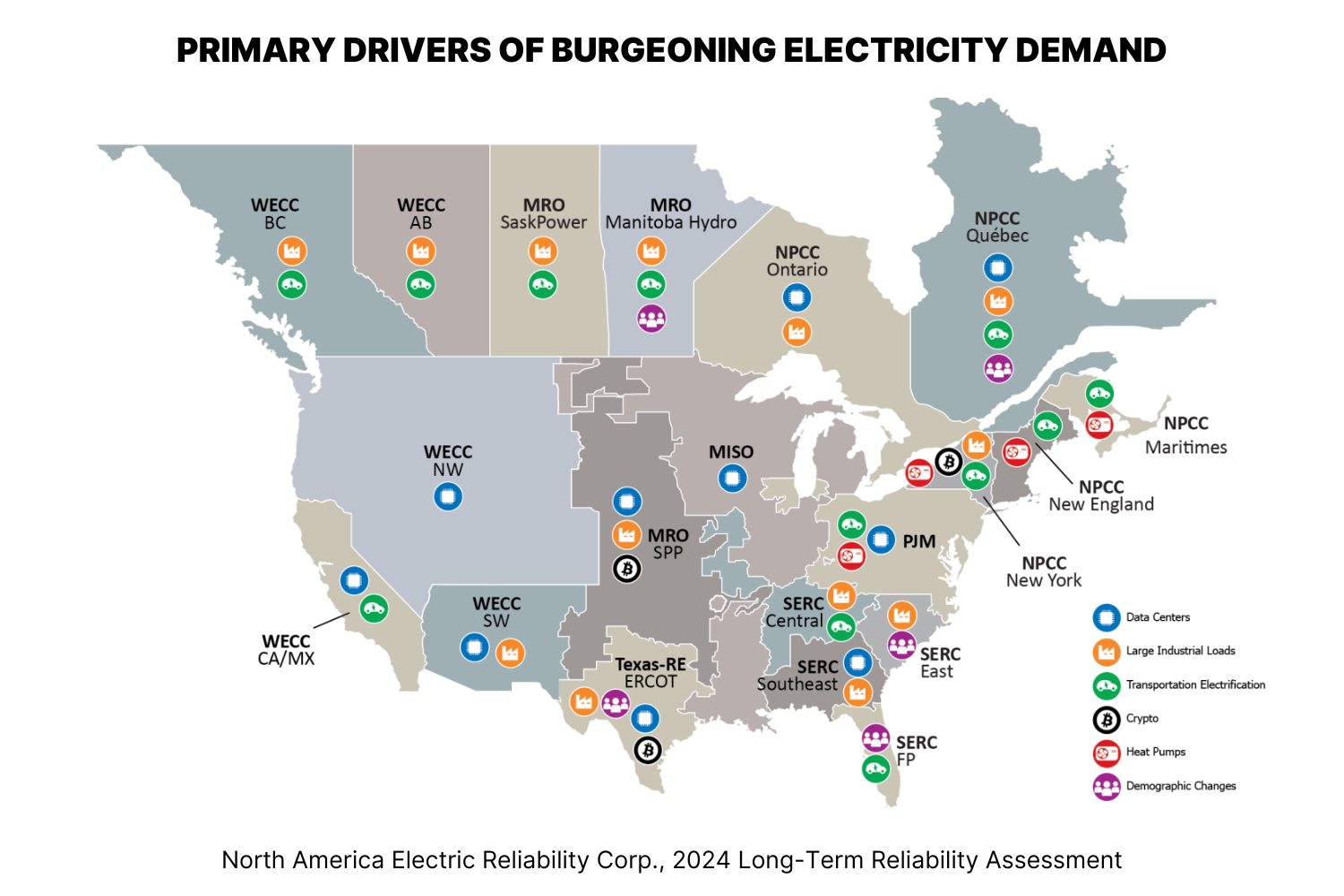Owners Of At Least 30 US Coal Power Plants Plan To Delay Retirements; Others Considering It [View all]

The Victor J. Daniel Jr. coal plant — now the largest electric generator in Mississippi — began pumping out power in 1977. In 2001, it got a second life, when owner Mississippi Power added two new turbines that could run on natural gas. Plant Daniel’s coal furnaces were supposed to shut down in 2027. But now, the plant is slated for a third act. This year, Georgia Power won regulatory approval to buy power from that plant through 2028, due to what the utility called “unprecedented” growth in electricity demand.
Coal-powered generation of electricity has steadily declined in the United States over the past 15 years, driven out by cheaper fuel sources including natural gas, wind and solar — cutting a main source of U.S. greenhouse gas emissions. In the meantime, however, estimates of U.S. electricity demand in 2029 have increased nearly five-fold from those made just a few years ago, fueled by demand from data centers and other high-energy-using industries.
Many utilities see keeping coal around — including as a backup to intermittent power sources such as wind and solar — as a potential solution. A Floodlight analysis of power plant data shows that owners or operators of more than 30 U.S. coal plants, in states from Wisconsin to West Virginia, plan to delay their retirement, while others are weighing the option.
EDIT
In a 2024 report on “uneconomic dispatch” in the Midwest, Grid Strategies showed that 14% of 2023 coal plant starts by regulated utilities were unprofitable. Only 2% of coal starts from merchant plants, which earn fluctuating revenue based on the market, were unprofitable. Without so-called uneconomic dispatch, customers could have saved more than $3 billion in 2023, according to RMI. In Louisiana, for example, regulators determined that electric utilities Cleco and SWEPCO had overcharged customers by $125 million by continuing to run the now-shuttered Dolet Hills coal-fired plant. The consultancy also estimated that coal-related health impacts reached over $20 billion in 2023, for emergency room visits and diseases including lung cancer and cardiac disease that could have been avoided. That’s not to mention the hundreds of millions of tons of climate-damaging carbon dioxide these plants emit per year.
EDIT
https://floodlightnews.org/coal-was-on-its-way-out-but-surging-electricity-demand-is-keeping-it-alive/
